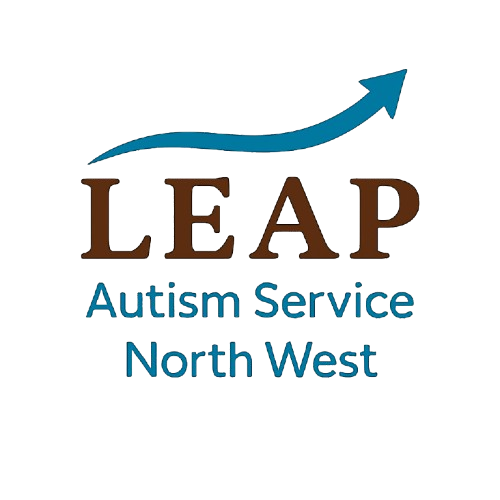Autism and ADHD, understanding the crossroads of Neurodivergence
ADHD and autism share many overlapping traits, but they are distinct conditions with different core features. ADHD is primarily about attention, impulsivity, and hyperactivity, while autism centres on social communication, sensory processing, and repetitive behaviours. Understanding both the similarities and differences helps families, professionals, and individuals navigate support more effectively.
ADHD (Attention-Deficit/Hyperactivity Disorder) and autism (Autism Spectrum Disorder) are two of the most common neurodevelopmental conditions. They often co-occur, and many people find themselves wondering whether traits belong to one, the other, or both. Here’s a clear look at where they overlap — and where they differ.
Similarities Between ADHD and Autism
Executive functioning challenges: Both ADHD and autism can involve difficulties with planning, organisation, and task initiation. Forgetting appointments, struggling with daily routines, or feeling overwhelmed by admin tasks are common in both.
Social difficulties: People with ADHD may interrupt or struggle to follow social cues due to impulsivity, while autistic people may find social rules confusing or exhausting. In both cases, relationships can feel challenging.
Sensory sensitivities: Noise, textures, or crowded environments can be overwhelming for both autistic and ADHD individuals, though the triggers and intensity may differ.
Emotional regulation: Anxiety, frustration, or mood swings are often reported in both conditions, sometimes leading to shutdowns, meltdowns, or impulsive reactions.
Hyperfocus and special interests: Both groups can become deeply absorbed in activities they enjoy, sometimes losing track of time or neglecting other tasks.
Differences Between ADHD and Autism
Core traits: ADHD is defined by inattention, hyperactivity, and impulsivity. Autism is defined by differences in social communication, restricted interests, and repetitive behaviours.
Social intent vs. social skill: People with ADHD often want to socialise but may struggle with impulsivity or distraction. Autistic people may prefer deeper, structured connections and find small talk confusing or draining.
Communication style: ADHD may involve blurting things out or difficulty listening. Autism often involves differences in eye contact, tone, or understanding nonverbal cues.
Flexibility: ADHD brains often seek novelty and stimulation, while autistic brains often prefer predictability and routine.
Diagnosis profile: ADHD is usually identified through patterns of attention and behaviour across settings. Autism is diagnosed through developmental history, social communication differences, and sensory/behavioural traits.
When ADHD and Autism Co-Occur
It’s possible to have both conditions, sometimes called “AuDHD.” Around 14% of children with ADHD are also autistic. When they overlap, challenges with executive functioning, social interaction, and sensory regulation can feel more complex, but strengths like creativity, resilience, and unique problem-solving approaches also shine through.
Why This Matters
Recognising both the similarities and differences helps avoid misdiagnosis and ensures support is tailored. ADHD strategies often focus on managing attention and impulsivity, while autism support emphasises communication, sensory regulation, and routine. For those with both, a blended approach is most effective.
In summary: ADHD and autism share common ground in executive functioning, social challenges, and sensory sensitivities, but they differ in their core traits and how they shape daily life. Understanding these nuances helps individuals feel seen, supported, and celebrated for their strengths.
Ready to take the next step? Book a call today.


